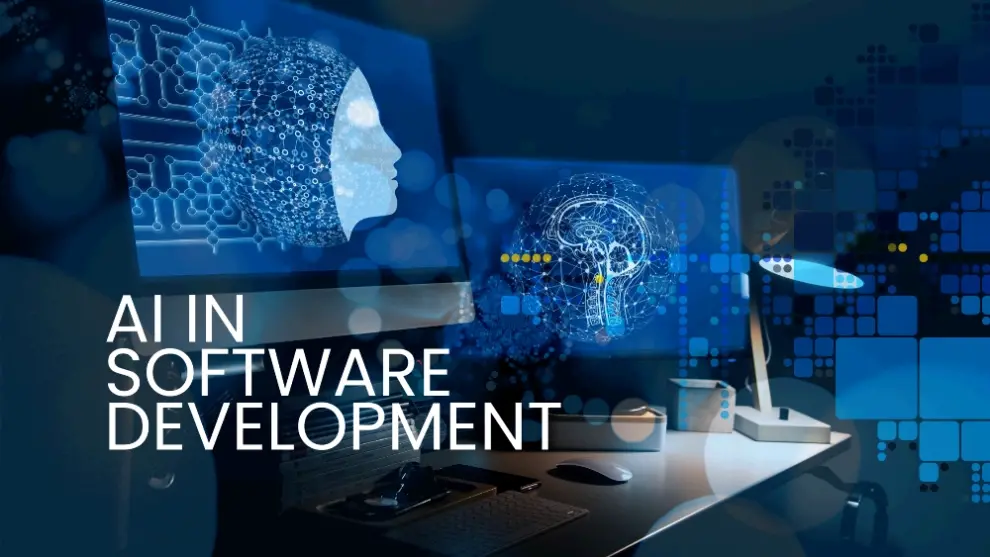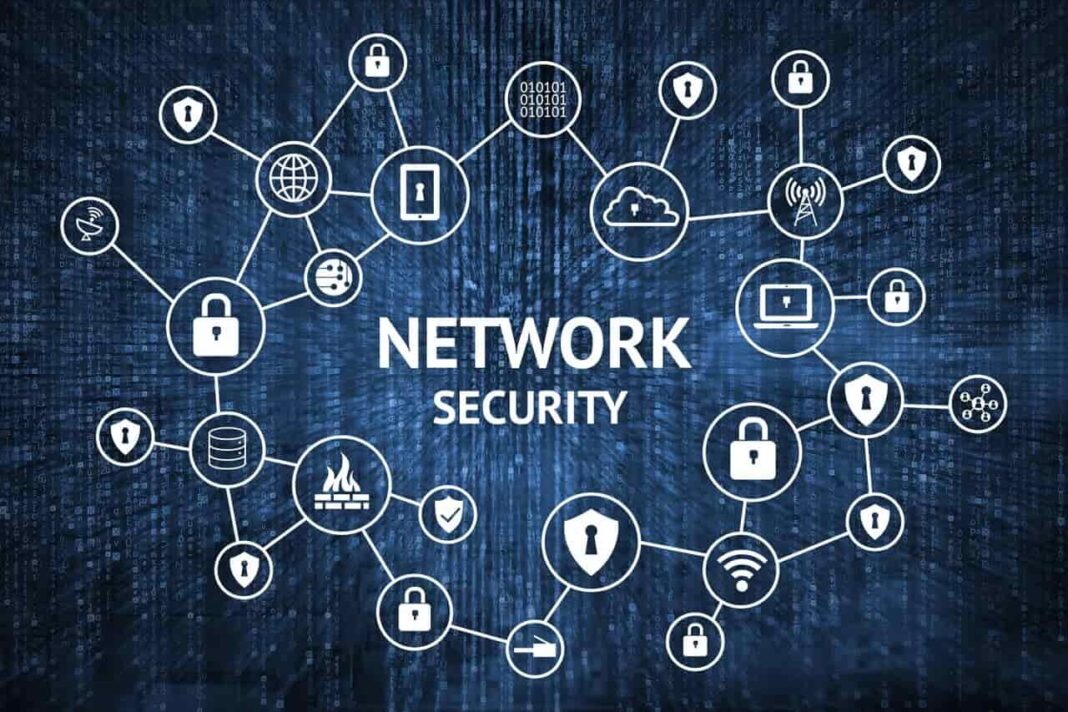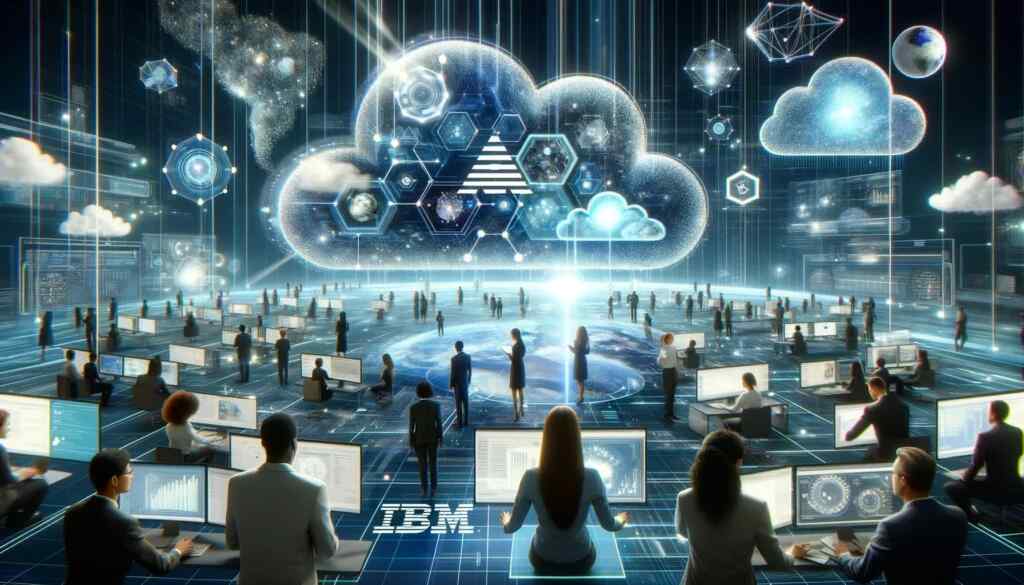There’s no doubt that the processes of content creation and programming are rapidly being integrated with AI. The question is, in the winds of transformation, will the emotional appeal of creating content and logic of engineering software be reduced to just very advanced and functional types of automation? Or will it always be the artistic brain behind us who will assemble the puzzle and harness the AI to the needs of humanity, so the cyberspace will always be alive?
Emotional Engagement in the Human-Machine Interaction:
The machines are taking over but the emotional engagement is left. It seems that people appreciate the fusion of AI with HUMANS but it sometimes makes FORM closer to the ideal picture of a machine controlled world. We, however, possess certain aspects that are entirely human such as artistry, sense of compassion, and social instinct and we should defend them at all cost.
1) False Promise of Automation:
All the advantages associated with replacing humans with machines make sense. We hear promises of increasing well-being and liberation from constant drudgery. As the old saying goes, “Everything has its price” or “Nothing is what it seems” – when we start seeing the bigger picture – it’s obvious that the genesis of creativity and inventiveness will always belong to HUMANS – never machines.
2) The Critical Role of Humanity
There are several things ‘AI’ could perform, be it generating text, actioning code or even going as far as making designs, however, it seems AI ‘falls short’ in emotions or critical thought of a human. The creation of content for example is not just about writing it, but it goes further to the audience, their psychology and even values and emotions. In software development, this is likewise, there is the integration which is the technical aspect, the logic behind software and the interface. Such characteristics despite advancing AI’s capabilities are still hard to replicate its full capacity.
3) A Partnership of Equals
AI should not be regarded as a rival, in fact it should be embraced as a strong weapon that compliments humans. We could see more innovations than we have done previously, as AI could combine creativity with intelligence. Going further, AI could be trained to understand massive data sets, auto-generate ideas and also provide mundane tasks allowing humans room to plan and strategize.
Content and software development on the other hand is going to evolve in such a manner that humankind and machines will interact on a constant basis. We will remain creative and AI will take the rest, fully understanding the limitations posed by AI with creativity unmasked.
Surfaces and Details of the Transformation of Content and Software Creation:
Modern technologies have created new approaches to content and software production and consumption. There is a clear trend stemming from Artificial Intelligence and its many advancements but also challenges. Seamless integration of power and creativity has never been more important than it is now.
1) From Writings to Digital Sources
The history of content and software development is rife with progress. From the use of typewriters and coding editors, the progress has ventured into broader horizons. Automation entered the equation and improved efficiency and the entire scope of work.
2) Development of Artificial Intelligence
Content and Software production is moving into the new realms due to AI-based instruments and methods. The combination of Natural Language Processing, machine learning, and generative artificial intelligence helps to promote more diverse and complicated content. AI has the potential to revolutionize development by introducing automated testing, code generation, and debugging which expedites the whole process and enhances the software.
3) The Human Factor
While AI is able to deliver enhanced efficacy, there are plausible limitations that must also be upheld. For example, the content that AI created lacks subtlety and imagination, as opposed to human-crafted content. Likewise, the SDLC tools that integrate AI are most optimally applied in a context that is accompanied by human input. To safeguard the future of software and content creations, advancement of human attributes like critical thinking, problem-solving and creation should be encouraged. When every one ambition changes, there would be competitive self-enhancing policies to make them effective in a world which will be increasingly dominated by solutions.
The Ethical Implications of AI in Content and Software Development
As we go on to discuss the world at the level of complexity it is worth noticing that AI is a tool with the capacity to trigger change, and in doing so, the AI will provoke ethical concerns such as creativity, originality, and even authenticity. It is crucial that we design and implement constructive policies and mechanisms that will include AI ethics to counter any negative effects of AI on humanity.
1) Bias and Fairness
As AI progresses and penetrates in the development of content and coding, it becomes ever more important to bear in mind the element of bias. AI systems run on algorithms, and an AI system will have those prejudices if the data set it is trained on is biased. This can result in prejudiced outcomes, such as biased articles and unfair algorithms to manage a task. To minimize this threat, there is need to ensure that a variety of representative datasets are employed at the AI systems not to forget the periodical bias check on the AI system.
2) Intellectual Property
But then again, the advancement of AI has again left a dilemma in its wake regarding issues of intellectual property. Who has the copyright of contents created out of AI? How do we ensure that creators’ rights are respected whilst at the same time ensuring that they receive their dues? These are broad legal and moral issues that need to be addressed holistically.
3) Job Displacement and Economic Inequality
As tasks become automated, these repercussions will have to be pondered over and over; job loss and the resulting inequality that comes with it. AI can provide new prospects however, it can render people jobless in certain industries too. When confronted with this challenge, it is necessary to look for improvement in education and training programs to prepare the workforce for the new digital industry.
Frequent Asked Questions:
What are cogs?
Cogs stand for ‘cost of goods sold’ and as the name suggests they are the direct expenses that are incurred in production and delivery of a service or a product.
Are content and software development included in cogs?
In traditional manufacturing, cogs have focused on physical products. Yet in the modern world, the differentiation of physical goods and its counterpart in the virtual realm is fading away. Even though physical parts’ direct costs such as servers, hardware may fall under COGS, costs associated with the creative work of content development and software development have been submerged under overheads or Research and development costs.
Why do cogs and operating expenses differ from each other? Why are these interests different?
These distinctions are very important in quite a number of areas including taxation, financial reporting and general strategy. Cogs affect the gross profit margin of the company while operational expenses impact the overall profit margins for a company.
Will the growing impact of AI and automation ever change how development costs are classified?
With the advent of AI and automation into the development ecosystem, Carl content and software development may be automated and therefore resulting labor expenditures may also decrease. What may be even possible is that the operational expenses may be COGS as firms will have AI tools, data and infrastructure.
In what context does product & services of an entity impact the treatment assigned to the development costs?
In cases of SaaS firms, the constant evolution of software may be viewed as a necessary evil, being an integral part of the service provision. Whereas for a single delivery of a software package, developmental expenditures are on capital account.


